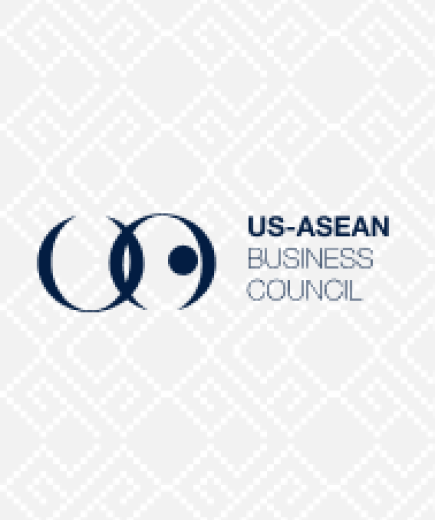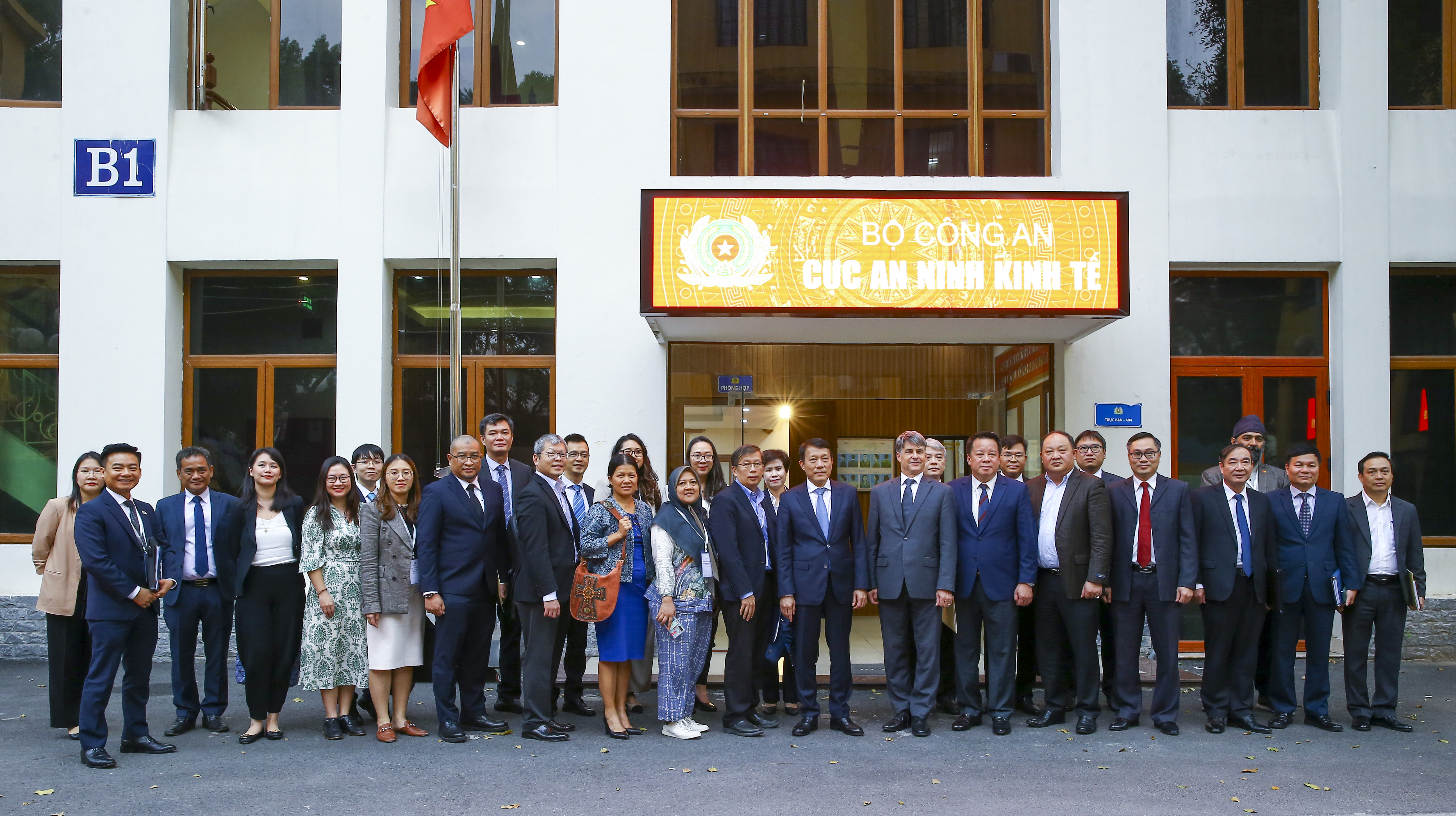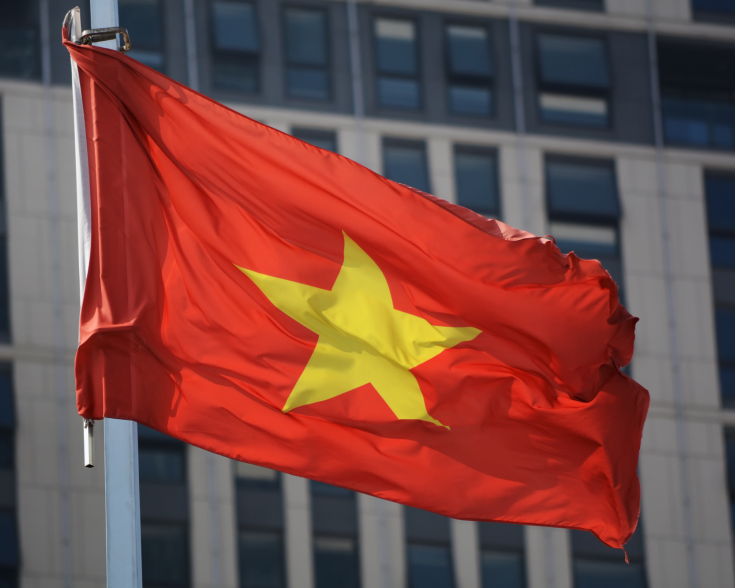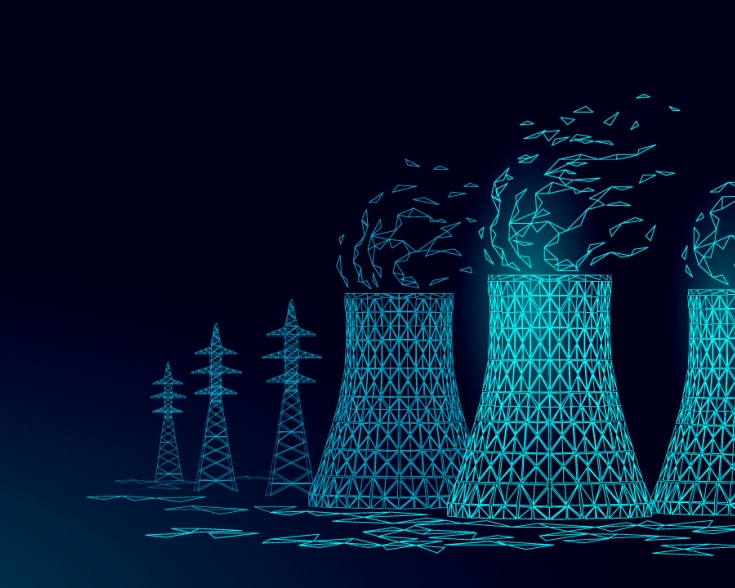Vietnam Looks to Diversified Energy Imports to Counter Coal Surge

Vietnam’s rapid economic growth and increasing foreign investment have driven up energy demand, straining its power grid and forcing a surge in coal imports. Despite its ambitious net-zero targets and leadership in Southeast Asia’s renewable energy capacity, Vietnam became one of the world’s top five coal importers in 2024, displacing Taiwan. While the government’s Power Development Plan 8 (PDP8) outlines major grid expansions and a transition to renewables, blackouts have disrupted manufacturing, prompting companies to seek alternative power solutions. Challenges persist as Vietnam struggles to balance energy security with its green commitments, even as it secures international funding through the Just Energy Transition Partnership (JETP) with global partners.
While solar and wind power are growing domestically, the absence of favorable feed-in tariffs and stable power purchase agreements has made large-scale renewable projects less bankable. The government is working to modernize the grid, expand direct power purchase agreements, and introduce incentives for rooftop solar, but bureaucratic slowdowns and political sensitivities have raised concerns among international investors, not the least of which U.S.-based solar and offshore wind developers. Vietnam’s reliance on coal has complicated discussions with G7 partners backing JETP. Yet the import of U.S.-sourced LNG, for example, could bridge the gap in their energy transition as well as bolster economic standing with critical partners. As such, Vietnam remains committed to its decarbonization goals, with opportunities emerging for energy providers and businesses supporting grid resilience and clean power development.








